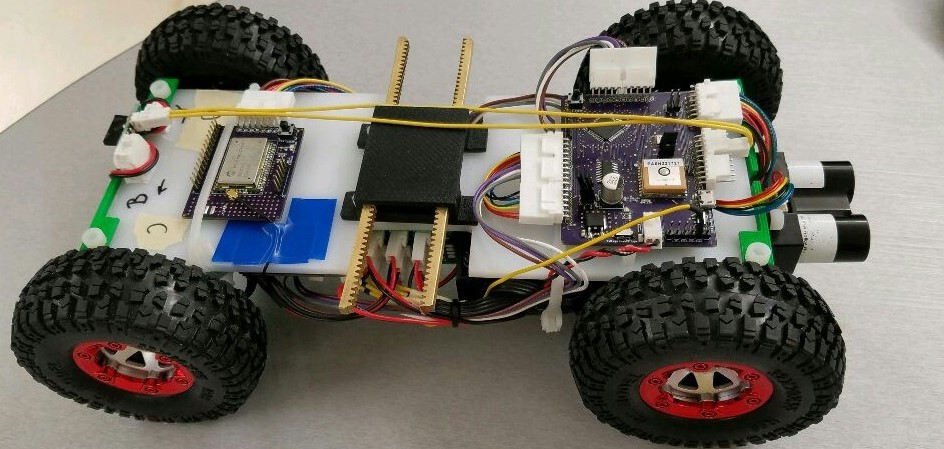The High Level Design document has our first design ideas. It contains all the explicit requirements and how we plan to meet them. It elaborates on design decisions at the subsystem level. We've also included a preliminary cost estimate for the project.
In the early design stages, NASA requires two design reviews. The Preliminary Design Review (PDR) is the initial review for the whole rocket and all payloads. As part of the PDR, we wrote the section of the report for the Rover Payload. We also gave a formal presentation to NASA. The PDR report is included below.
The second design review, which takes place in January, is called the Critical Design Review (CDR). At this stage all design decisions have to be finalized and tested. We must also show that our designs have multiple redundant safety systems. As part of the CDR, we wrote the section of the report for the Rover Payload. We also gave a formal presentation to NASA. The CDR report is included below.
Preliminary Design Review
High Level Design
Critical Design Review


